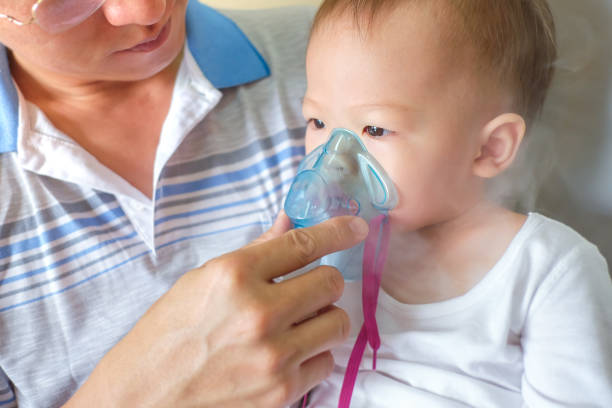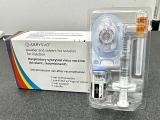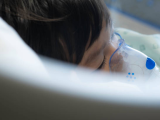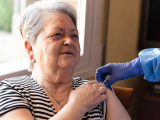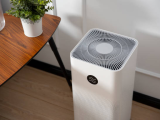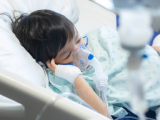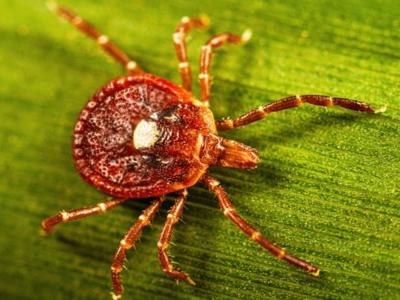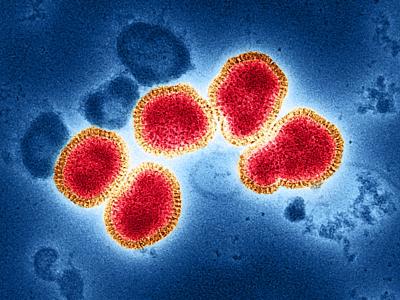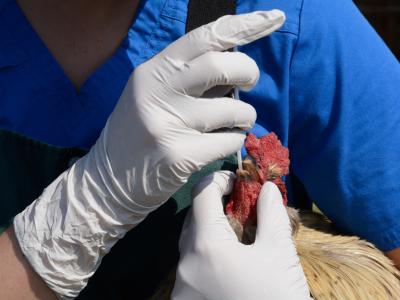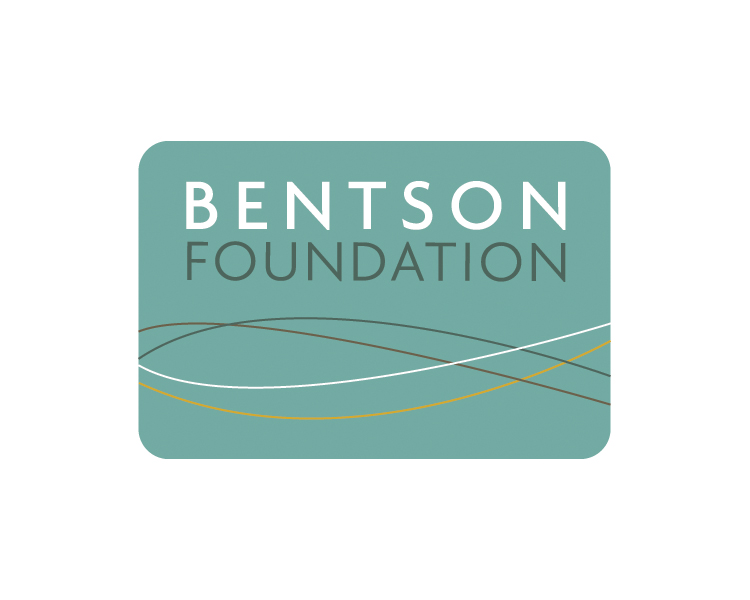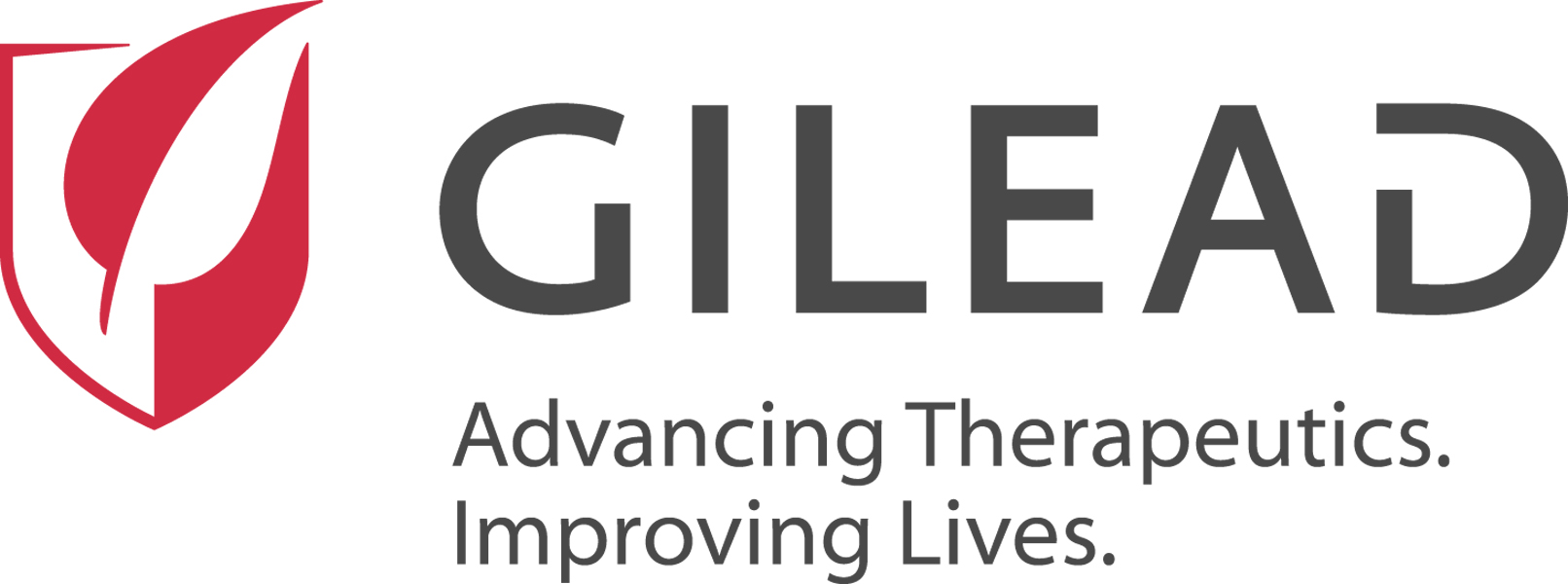Two Dutch studies evaluating rates of respiratory syncytial virus (RSV) infection in younger and older age-groups reveal substantial primary-care burdens in both.
Youngest children most affected
The adjusted pooled incidence of RSV among preschool children in primary care settings was 62.8 per 1,000 people in the decades leading up to the COVID-19 pandemic, with higher rates in younger children and clinics rather than in emergency departments (EDs), a meta-analysis of 27 studies in high-income countries (HICs) suggests.
For the study, published yesterday in Influenza and Other Respiratory Viruses, researchers at the Netherlands Institute for Health Services Research in Utrecht used yearly population-based RSV incidence from 27 studies used in their previous systematic review as input parameters. The data were collected from 1992 to 2019 and included 10 countries in Europe, North America, and Oceania.
Compared to other healthcare settings, the estimated incidence in primary care is higher than community-based estimates (24.3 per 1,000) and substantially exceeds hospital-based estimates in HICs (6.0 per 1000).
The team accounted for the effect of age group, care settings, and data-collection periods on RSV incidence in children younger than age 5 to generate robust pooled incidence estimates.
"Compared to other healthcare settings, the estimated incidence in primary care is higher than community-based estimates (24.3 per 1,000) and substantially exceeds hospital-based estimates in HICs (6.0 per 1000)," the researchers wrote.
RSV rates in the included studies ranged from 0.8 to 330 per 1,000 people in ambulatory care and from 7.5 to 144 per 1,000 in EDs. The estimated adjusted pooled RSV rate in primary care settings was 62.8 per 1,000 people but was higher in outpatient settings (108.1 per 1,000) than in EDs (35.8 per 1,000).
Estimated age-stratified incidence fell with increasing age, at 86.5, 80.3, 60.7, and 36.5 per 1,000 for children younger than 6 months, 0 to 1 year, 0 to 2 years, and 0 to 5 years, respectively.
"The overall estimated RSV incidence was 62.8 per 1000, with rates around three times higher in ambulatory care compared to EDs," the authors wrote.
They called for more meta-analyses using a larger number of studies on RSV rates in primary care in broader geographical areas using a standardized study design to enhance data availability, allowing the calculation of global and regional burden estimates.
'Considerable' healthcare use, costs
Another study in the same journal evaluated the clinical and socioeconomic burden of RSV infections in older adults in primary care, finding it on par with that of influenza.
Investigators from University Medical Center Utrecht conducted a prospective cohort study during two respiratory virus seasons (2022-23 and 2023-24) in Italy and the Netherlands. A total of 703 adults aged 60 years and older seeking primary care for acute respiratory infections (ARIs) were tested for RSV and flu and completed questionnaires on days 1, 14, and 30.
RSV-positivity rate ranged from 10% to 17% across seasons and 11% and 13% by country. Of all adults, 13.2% tested positive for RSV, 14.2% were diagnosed as having flu, and 0.3% had both. On average, RSV patients were 76 years old, 63% had at least one underlying illness (most often cardiovascular or respiratory disease), and average length of illness was 17 days. The most common symptom was cough, reported by 98% and 32% on days 1 and 30, respectively.
RSV infections were associated with considerable illness duration, symptomatology, healthcare and medication utilization, and costs, comparable with those caused by influenza.
Repeat primary care visits occurred in 33 of 87 RSV patients (38%), emergency department referral in 4/88 (5%), and hospitalization in 2/88 (2%). The average costs per RSV episode were €78.1 ($104) and €279.7 ($373) from a healthcare system and societal perspective, respectively.
In total, 57% of employed RSV patients reported missing work due to illness, and 6% indicated that a partner, family member, of other caregiver missed work to care for them. Prescription drug use was reported in 61% of RSV episodes, with antibiotics (40%) and systemic steroids (21%) being most common. Over-the-counter drug use was reported in 54%.
The annual RSV-ARI incidence was 10.3 episodes per 1,000 person-years. RSV patients were significantly older and had fever, muscle pain, and fatigue less often than flu patients, but clinical and socioeconomic burdens were comparable.
A sensitivity analysis showed that the overall RSV ARI rate was 1.5-fold higher (15 vs 10 episodes per 1,000 persons-years) when including chronic obstructive pulmonary disease (COPD) and asthma exacerbations in the ARI episode definition.
"Albeit no RSV-related deaths occurred and only a few cases required ED visits (5%; 4/88) or hospitalization (2%; 2/88), RSV infections were associated with considerable illness duration, symptomatology, healthcare and medication utilization, and costs, comparable with those caused by influenza," the study authors concluded.
